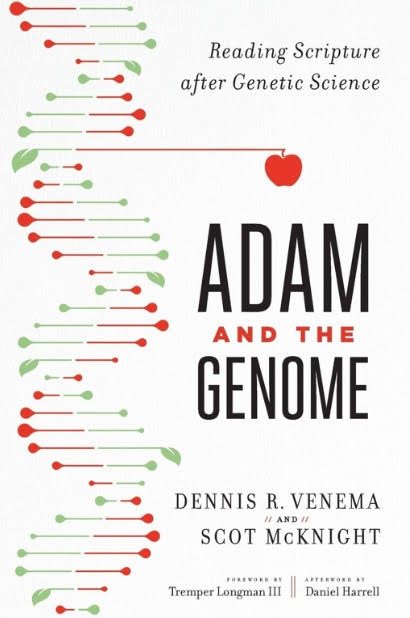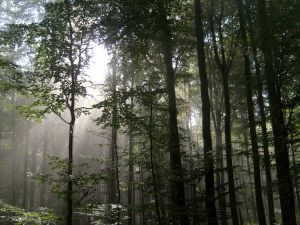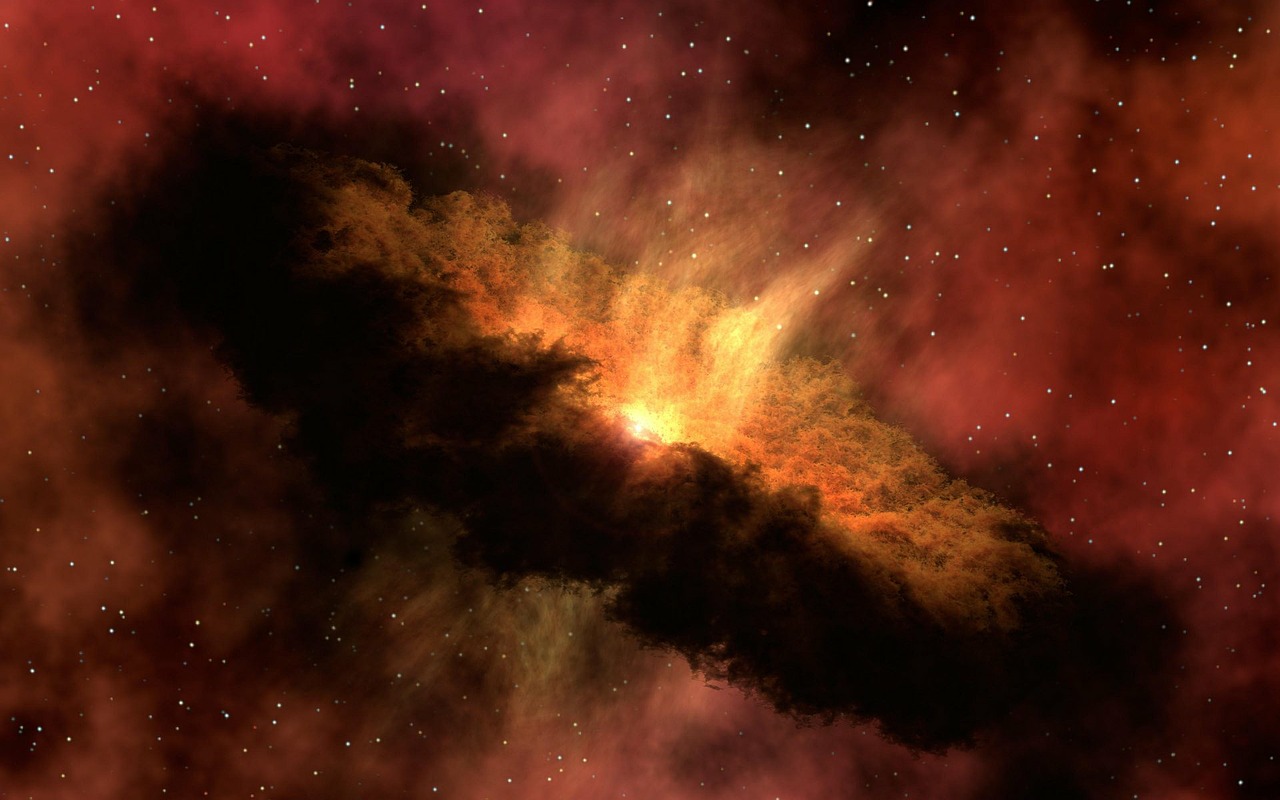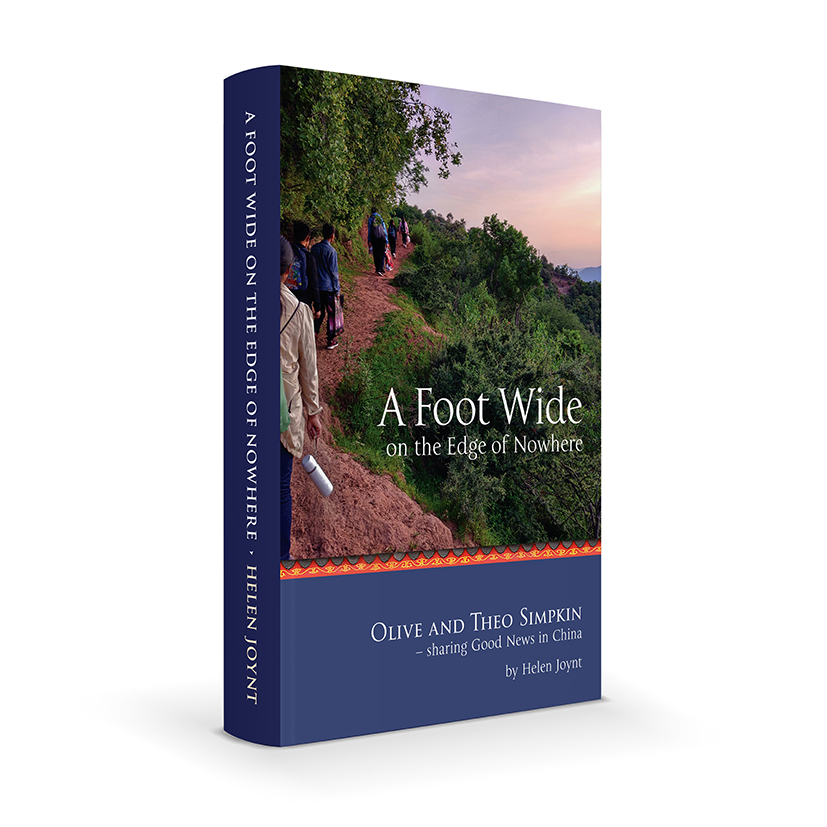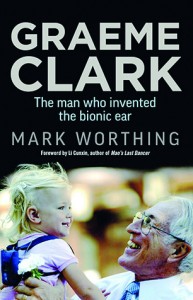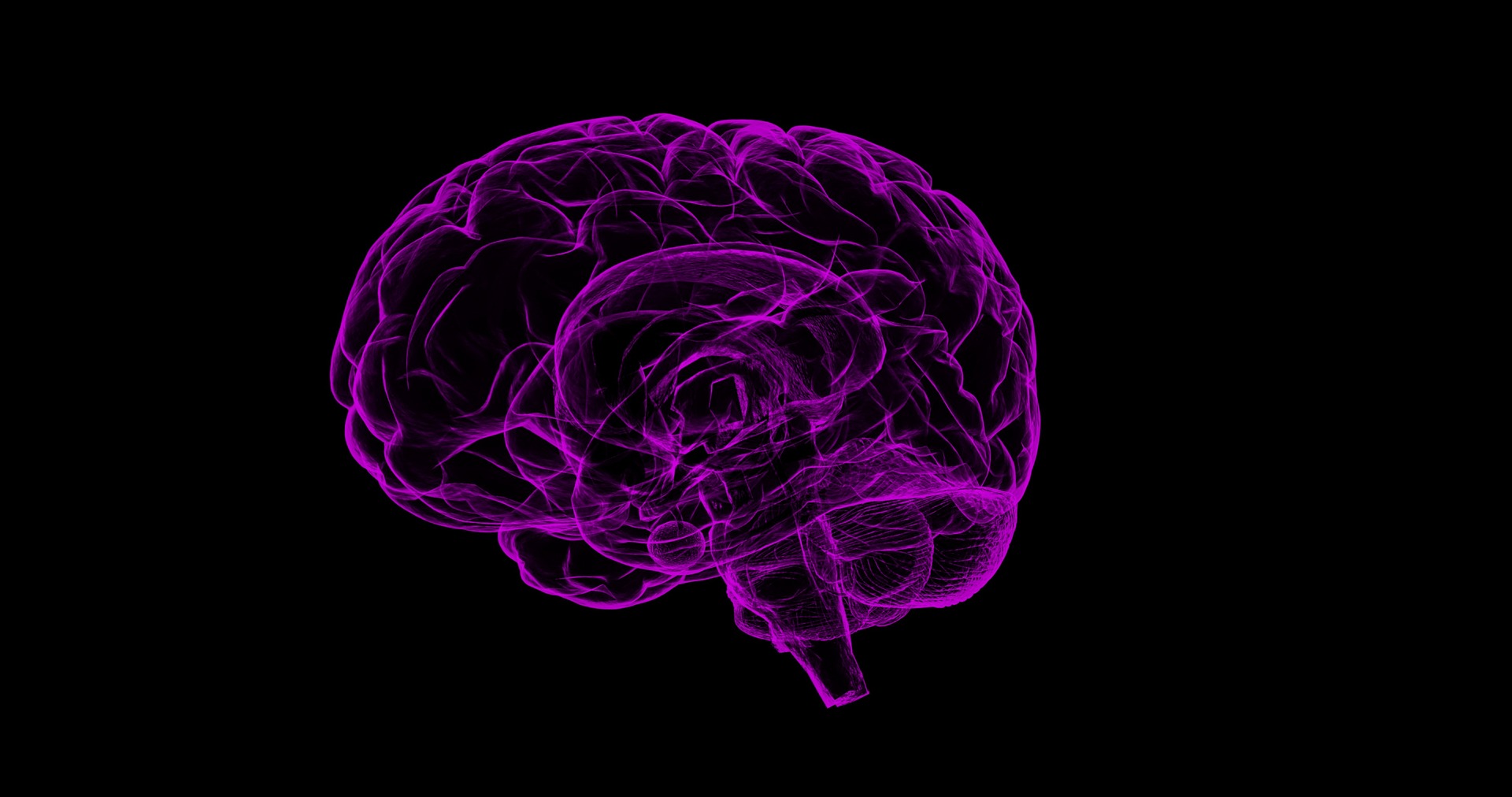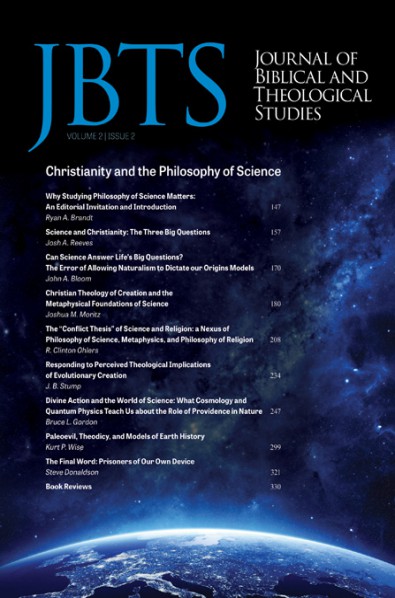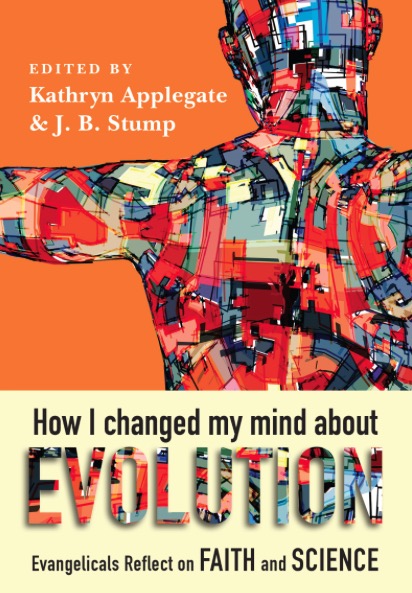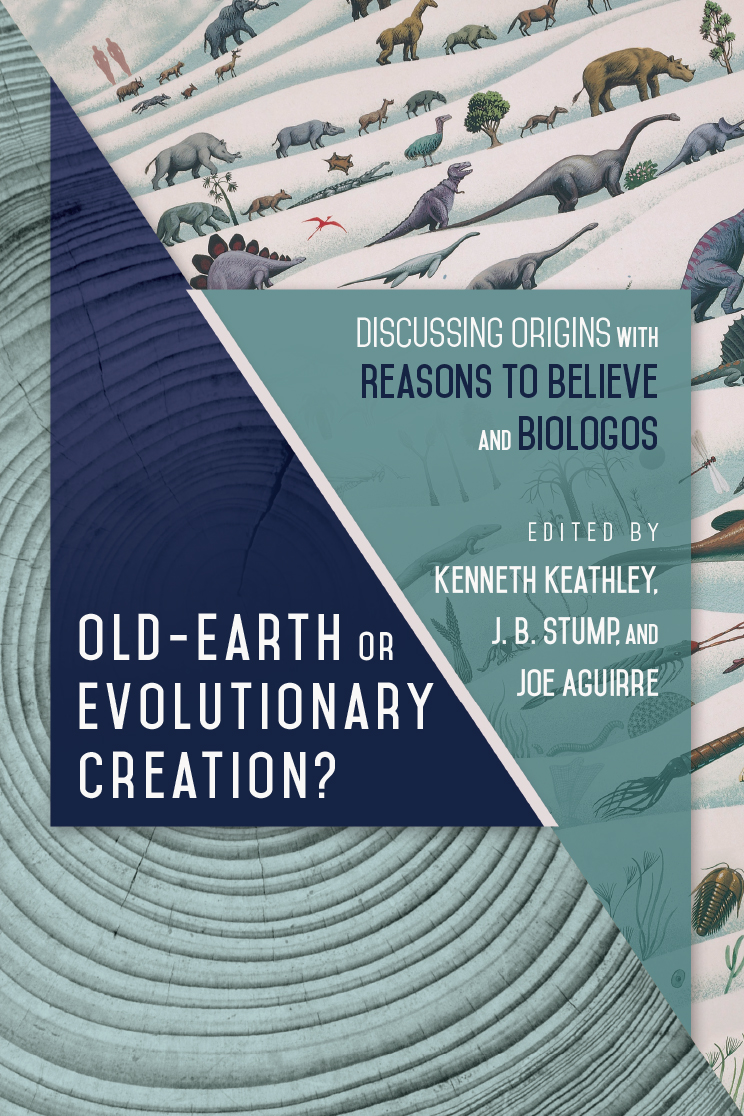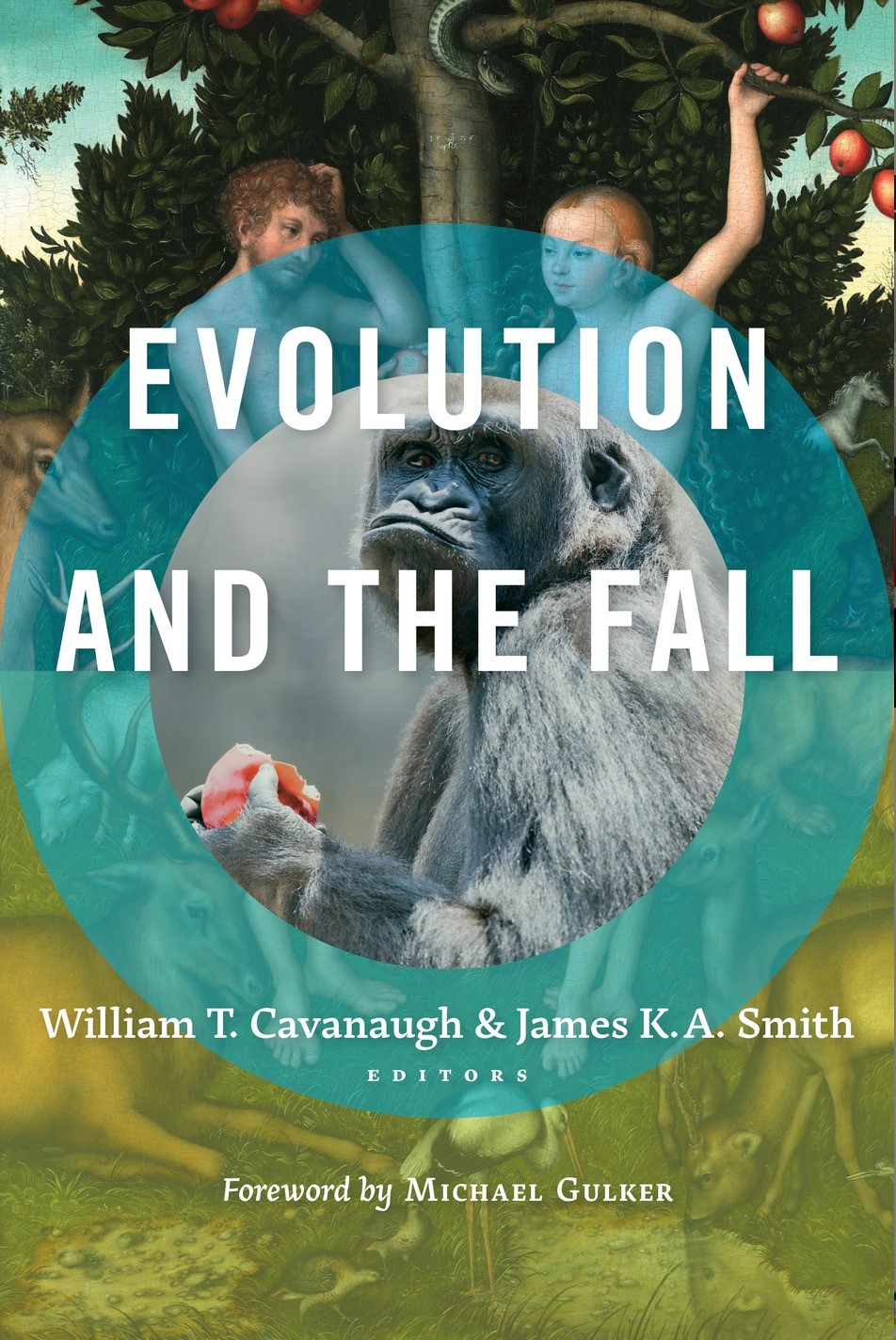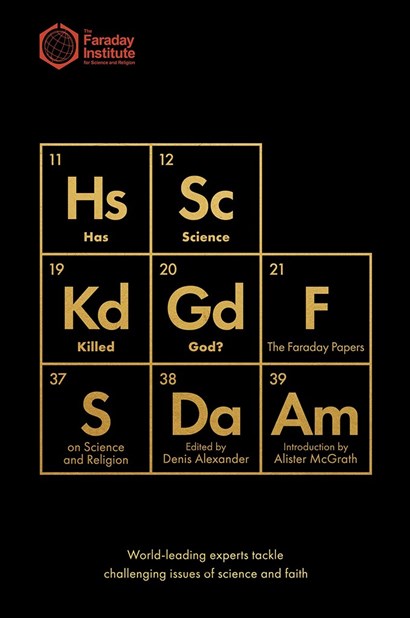


The Science-Faith Relationship and Its Impact on Students in Australian Christian Secondary Schools
Katherine Bensted, August 2018
The Science–Faith Relationship and Its Impact on Students in Australian Christian Secondary Schools
Katherine Bensted
DipT, GradDipTheolEd, GradCertResMeth, MEd, PhD
Katherine Bensted is a registered teacher in Queensland and South Australia. She taught in Queensland state primary schools for almost a decade and was self-employed in the electrical contracting industry for another decade. Katherine graduated from the University of Divinity in March 2017. Her PhD dissertation is entitled Christianity and Science in Australian Lutheran Secondary Schools: Perceptions, Problems and Possibilities.
Abstract
This article is based on doctoral research undertaken by the author to investigate perceptions of the science–faith relationship within Lutheran secondary schools and the associated attitudes towards both science and Christianity. A variety of perspectives emerged including atheism, scientism and Young Earth Creationism. Creationism and scientism were found to be associated with negative student attitudes towards either science or Christianity, or both. The findings of the research emphasise the necessity for Christian school educators and administrators to be well-informed on the topic of the science–faith relationship and aware of the learning and attitudinal outcomes associated with different ideologies and approaches. The author’s PhD dissertation, entitled Christianity and Science in Australian Lutheran Secondary Schools: Perceptions, Problems and Possibilities, was accepted by the Academic Board of the University of Divinity, Melbourne in February, 2017.
Keywords
science–faith relationship, evolution, creation, complementary model, independence model, conflict model, Young Earth Creationism, atheism, scientism, Christian schools, mission, attitudes, cognitive dissonance
Introduction
The way the science–faith relationship is perceived and explained within Christian schools has significant ramifications for the aims of Christian education, the mission of the church, and the education and career choices of students. The attitudes students develop towards both Christianity and modern science have an impact on the future availability of science teachers who are Christians and the representation of Christians in the scientific community. Motivated by a concern for young people’s faith formation and the future of Christian and science education, I conducted research within Lutheran secondary schools to begin an exploration into the perceptions of the science–faith relationship and the attitudes towards both Christianity and science that are held by students, science teachers and Christian Studies teachers.
The science–faith relationship continues to be a controversial topic within many Christian schools. For example, the religiously pluralistic demographic of Lutheran schools and their responsibilities, obligations, aims and challenges with regard to providing both science and Christian education are factors that have led to the recent publication of the Lutheran Education Australia (LEA) position paper: Diverse Views on Science and Faith within Lutheran School Communities.[1] The preamble to this paper states that “Lutheran Education Australia does not have an official position on the science and faith relationship.” Significantly, educators in Lutheran schools are reminded that “Lutheran schools do not determine their own theological position on issues such as the relationship between science and faith but work under the publicly stated theological positions of the LCA [Lutheran Church of Australia].”[2] The implementation guidelines given in the LEA position paper explain that the LCA neither endorses nor rejects the scientific theory of evolution, but rejects intentionally anti-Christian interpretations of evolution. Despite the challenges involved in conducting research in schools, particularly research concerning a topic as controversial as the science–faith relationship, it is useful for the mission and aims of the Christian church and Christian education to develop an understanding of how the science–faith relationship is presented to and understood by young people, and how their perceptions impact on their attitudes towards both Christianity and science.
The research that was conducted within Lutheran secondary schools addressed key questions concerning students’ perceptions of the science–faith relationship. Do theories contained within the Australian science curriculum correlate or conflict with Christian beliefs in the minds of students? How do the perceptions young people have of the science–faith relationship influence their attitudes towards both Christianity and science? How do adolescent Christians incorporate their knowledge of science and their Christian beliefs in their personal understanding of reality? At the heart of the research project is the science–theology dialogue; in particular, how this occurs within Christian educational institutions. It was anticipated that the research could create a platform of initial data, produce further research questions, and upon critique help to refine the approach for future theological research.
Researchers and authors typically use three models of the science–faith relationship to condense the various stances Christians take towards modern scientific theories. The three models are commonly known as the conflict model, the independence model, and the complementary model.[3] These three models will be outlined prior to a description of the research approach and a discussion on the research findings. The purpose of this paper is to highlight the impact of different perceptions of the science–faith relationship on secondary students’ attitudes in Christian schools. Therefore, the research results and findings that pertain to the students will be given greater attention than those of the teachers. Read more
[1] Lutheran Education Australia, Diverse Views on Science and Faith within Lutheran School Communities (Adelaide: Lutheran Education Australia, 2016).
[2] Lutheran Education Australia, Diverse Views on Science and Faith within Lutheran School Communities, 1. Refer to Lutheran Church of Australia, “The Theses of Agreement and Inerrancy,” in Doctrinal Statements and Theological Opinions of the Lutheran Church of Australia, rev. 3rd ed. (Adelaide: Lutheran Publishing House, 1989), B1– B5.
[3] Authors who discuss models of the science–faith relationship include Ian G. Barbour, Religion in an Age of Science (London: SCM Press, 1990); Mikael Stenmark, “Ways of Relating Science and Religion,” in The Cambridge Companion to Science and Religion. ed. Peter Harrison (Cambridge: Cambridge University Press, 2010) and How to Relate Science and Religion: A Multidimensional Model (Grand Rapids: William B. Eerdmans, 2004); Ted Peters and Martinez Hewlett, Evolution from Creation to New Creation: Conflict, Conversation, and Convergence (Nashville: Abingdon Press, 2003), Mark William Worthing, God, Creation, and Contemporary Physics (Minneapolis, MN: Augsburg Fortress, 1996); Kyle C. Longest and Christian Smith, “Conflicting or Compatible: Beliefs about Religion and Science among Emerging Adults in the United States,” Sociological Forum 26, no. 4 (December 2011).
